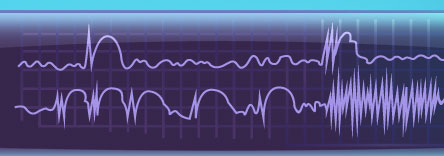
 |
 |
 |
| Home | About Epilepsy | Epilepsy Monitoring | Epilepsy Surgery | Information | Gallery | Contact Us | Terms and Policies |
|
Hemispheric SyndromesThe dramatic procedure of hemispherectomy/hemispherotomy originally
.jpg) involved the removal of one whole side of the brain. Now, it usually involves disconnecting one cerebral hemisphere from the rest of the brain, with removal of only a limited area. It is only considered in patients, usually children, with severe epilepsy in whom seizures arise from only one side of the brain and in which that hemisphere functions poorly. Before surgery, these patients typically have severe weakness (paralysis) and loss of touch sensation and vision on the opposite side of the body. Therefore, the side of the brain that is to be disconnected is already functioning very poorly and is often impairing the functions of the other side of the brain. If the operation is performed on young children, the opposite hemisphere may make up for the loss, as these children can learn to walk despite their paralysis. They will never have motor function or sensation in the hand, forearm, foot, and leg on the side opposite the operation. However, controlled movements are possible in the upper arm and thigh, thus permitting the person to walk. Physical therapy is often needed after hemispherectomy. The results of hemispherectomy are quite good. More than 75% of the patients experience complete or nearly complete seizure control. |
| Copyright | | | Disclaimer |